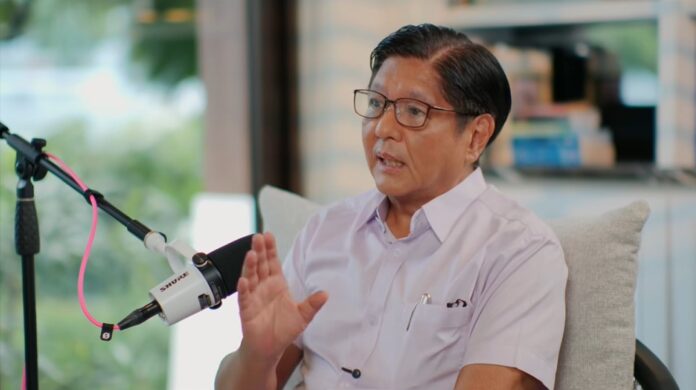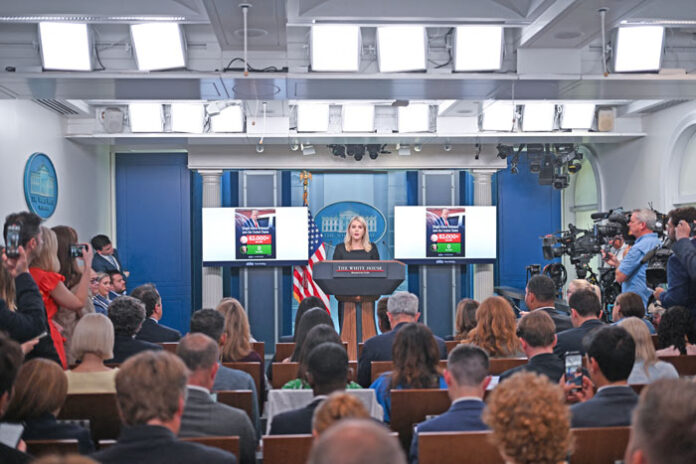PRESIDENT Marcos on Friday met with key Japanese tourism stakeholders in a bid to further strengthen the Philippines’ tourism ties with Japan and boost visitor arrivals, job creation, and economic growth in local communities.
The meeting comes as the Philippines aims to restore its tourism sector to pre-pandemic levels, with Japan consistently ranking among the country’s top sources of foreign visitors.
Tourism is a key pillar of the government’s economic strategy, contributing to job generation and inclusive local development.
President Marcos emphasized the importance of strategic partnerships and government-to-government cooperation in enhancing tourism infrastructure, cultural exchange, and sustainable travel initiatives.
Among those present during the meeting were representatives from the Japan Tourism Agency (JTA), the Japan Association of Travel Agents (JATA) Kansai / JTB West Japan Area, the Japan Philippines Tourism Council (JPTC), HIS Co., Ltd. Kansai Regional Division, Nippon Travel Agency, Hankyu Travel International Co., Ltd., and Kansai Airports.

Also joining the dialogue were officials from Philippine Airlines (PAL) and Cebu Pacific, two of the country’s leading carriers, helping facilitate the growing number of flights between Japan and the Philippines.
Meanwhile, Tourism Secretary Christina Frasco said President Marcos stressed the administration’s focus on infrastructure development, citing the planned privatization of the Ninoy Aquino International Airport (NAIA) and upgrades to regional gateways.
These moves aim to accommodate direct flights from Japan to popular island destinations like Cebu, Palawan, Boracay, and Bohol, as well as emerging tourist spots.
The Japanese tourism leaders welcomed the initiatives, noting growing interest among Japanese travelers in authentic and immersive experiences across the Philippines.
“The President also highlighted the Department of Tourism’s ‘Philippine Experience Heritage, Culture, and Arts Caravans,’ which promote emerging destinations through our country’s festivals, food, music, history, and local crafts,” Frasco added.
She noted that the Philippines has now fully recovered flight connectivity from Japan, and more than 700 kilometers of tourism roads have been constructed and improved nationwide to support tourism access.
“The challenge now is to deepen partnerships with Japanese tourism stakeholders so that visitors not only come to the Philippines but are inspired to stay longer and keep coming back,” Frasco said.









